This list includes 49 Common Animals that start with F, from “Fairy penguin” to “Peregrine falcon”. It features familiar birds, mammals, reptiles, and fish commonly used for education, field guides, and quick reference.
Common Animals that start with F are familiar species and well-known groups whose names begin with the letter F. Many are culturally notable or ecologically important, for example the tiny, charismatic fairy penguin.
Below you’ll find the table with common name, scientific name, order, and habitat/distribution.
Common name: The everyday name you will recognize and use to locate species quickly in lists or classroom materials.
Scientific name: The Latin binomial provides precise identity so you can match species across languages and databases.
Order: The taxonomic order groups related animals, helping you compare family-level relationships at a glance.
Habitat/distribution: A short note on where the animal lives and its global range so you understand occurrence and ecology.
Common Animals that start with F
| Common name | Scientific name | Order | Habitat/Distribution |
|---|---|---|---|
| Falcon | Falcons (Falconidae) | Falconiformes | Open habitats worldwide except Antarctica |
| Peregrine falcon | Falco peregrinus | Falconiformes | Worldwide, cliffs and cities |
| Fennec fox | Vulpes zerda | Carnivora | Sahara and North Africa, deserts |
| Fallow deer | Dama dama | Artiodactyla | Woodlands Europe, introduced worldwide |
| Fisher | Pekania pennanti | Carnivora | North American forests |
| Flying fox | Pteropus (genus) | Chiroptera | Tropical Old World coasts, islands |
| Fruit bat | Pteropodidae (family) | Chiroptera | Old World tropics, forests |
| Fruit fly | Drosophila melanogaster | Diptera | Worldwide, near fermenting fruit |
| Firefly | Lampyridae (family) | Coleoptera | Temperate and tropical, grasslands and forests |
| Flea | Fleas (Siphonaptera) | Siphonaptera | Worldwide, on mammals and birds |
| Flamingo | Flamingos (Phoenicopteridae) | Phoenicopteriformes | Salt lakes, lagoons worldwide |
| Frog | Frogs (Anura) | Anura | Freshwater and terrestrial habitats worldwide |
| Frogmouth | Frogmouths (Podargidae) | Caprimulgiformes | Forests Australasia and Asia |
| Fulmar | Fulmarus glacialis (Northern fulmar) | Procellariiformes | Cold oceans, coastal cliffs |
| Frigatebird | Frigatebirds (Fregatidae) | Suliformes | Tropical oceans, coastal waters |
| Finch | Finches (Fringillidae) | Passeriformes | Gardens, woodlands worldwide |
| Flying fish | Exocoetidae (family) | Beloniformes | Tropical and subtropical oceans |
| Flounder | Flounders (Pleuronectidae) | Pleuronectiformes | Coastal temperate seas worldwide |
| Flatfish | Flatfishes (Pleuronectiformes) | Pleuronectiformes | Coastal seas worldwide |
| Flatback turtle | Natator depressus | Testudines | Northern Australia, shallow coastal waters |
| Frilled shark | Chlamydoselachus anguineus | Hexanchiformes | Deep oceans worldwide |
| False killer whale | Pseudorca crassidens | Cetacea | Tropical and temperate oceans |
| False gharial | Tomistoma schlegelii | Crocodylia | Southeast Asian freshwater rivers |
| Fire ant | Solenopsis invicta | Hymenoptera | Origin South America, introduced worldwide |
| Fiddler crab | Fiddler crabs (Uca) | Decapoda | Mangroves and mudflats worldwide |
| Flying squirrel | Flying squirrels (Pteromyini) | Rodentia | Forests North America and Eurasia |
| Fox squirrel | Sciurus niger | Rodentia | Eastern North America, parks and woodlands |
| Four-toed salamander | Hemidactylium scutatum | Caudata | Eastern North America, wetlands and forests |
| Fire salamander | Salamandra salamandra | Caudata | Moist European forests |
| Fur seal | Fur seals (Arctocephalus) | Carnivora | Subantarctic islands and temperate coasts |
| Fin whale | Balaenoptera physalus | Cetacea | Oceans worldwide, temperate waters |
| Flat-headed cat | Prionailurus planiceps | Carnivora | Sundaland freshwater habitats |
| Fishing cat | Prionailurus viverrinus | Carnivora | South and Southeast Asian wetlands |
| Fairy penguin | Eudyptula minor | Sphenisciformes | Southern Australia and New Zealand coasts |
| Flycatcher | Flycatchers (Tyrannidae/Muscicapidae) | Passeriformes | Forests and woodland worldwide |
| Frogfish | Antennariidae (family) | Lophiiformes | Tropical and subtropical reefs |
| Fossa | Cryptoprocta ferox | Carnivora | Madagascar forests |
| Frilled lizard | Chlamydosaurus kingii | Squamata | Northern Australia, New Guinea woodlands |
| Fairy shrimp | Fairy shrimps (Anostraca) | Branchiopoda | Temporary freshwater pools worldwide |
| Freshwater eel | Anguilla (genus) | Anguilliformes | Rivers and coastal waters worldwide |
| Freshwater crocodile | Crocodylus johnsoni | Crocodylia | Northern Australia rivers and billabongs |
| Fulvous whistling-duck | Dendrocygna bicolor | Anseriformes | Wetlands tropics worldwide |
| Flamingo (American) | Phoenicopterus ruber | Phoenicopteriformes | Caribbean and Americas coastal lagoons |
| Fur seal (Antarctic) | Arctocephalus gazella | Carnivora | Subantarctic islands, Antarctic waters |
| Fruit-eating bat (Common) | Cynopterus brachyotis | Chiroptera | Southeast Asian forests |
| Flatback turtle (juvenile) | Natator depressus | Testudines | Northern Australian coasts |
| False clownfish (common name sometimes used) | Amphiprion ocellaris (note: commonly “false clownfish”) | Perciformes | Indo-Pacific reefs |
| Flamingo (Lesser) | Phoeniconaias minor | Phoenicopteriformes | East Africa alkaline lakes |
| Fish-eating bat (greater bulldog bat) | Noctilio leporinus | Chiroptera | Neotropical coastlines and rivers |
Descriptions
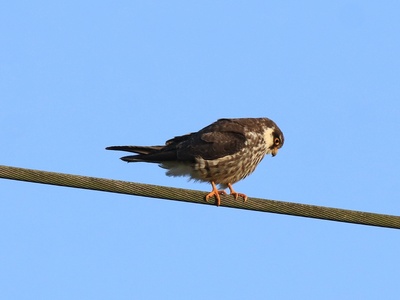
Falcon
Fast, diurnal birds of prey; keen hunters that dive at high speed to catch birds and small mammals.
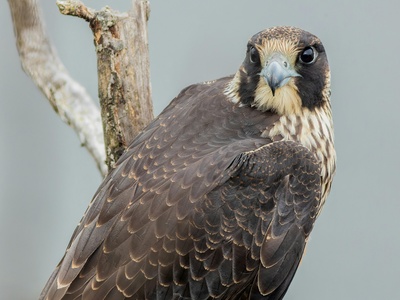
Peregrine falcon
Famed for spectacular stoops, it is one of the fastest animals, preying on birds in flight.
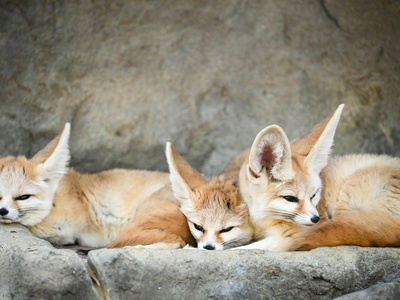
Fennec fox
Tiny desert fox with oversized ears for heat dissipation and hearing; nocturnal omnivore.
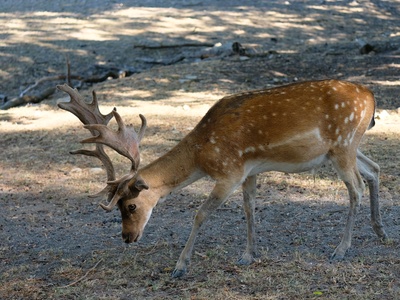
Fallow deer
Medium deer with spotted coat; grazes pasture and woods, common in parks and estates.
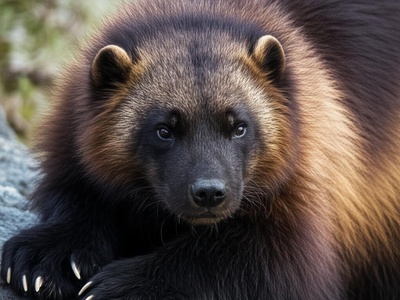
Fisher
Stocky mustelid that climbs well and preys on mammals, birds, and porcupines.
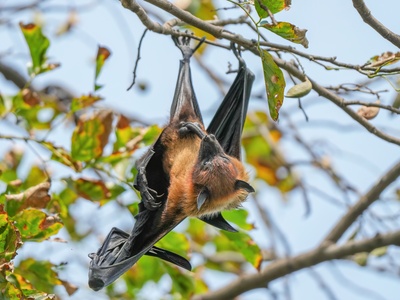
Flying fox
Large fruit bats with 1–1.5 m wingspans; important pollinators and seed dispersers.
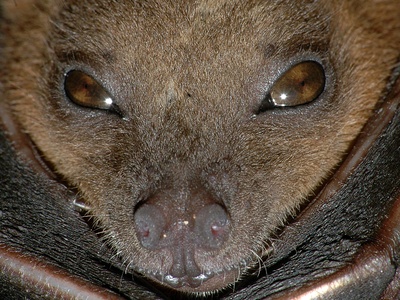
Fruit bat
Nocturnal or crepuscular fruit-eating bats; key for tropical forest regeneration.
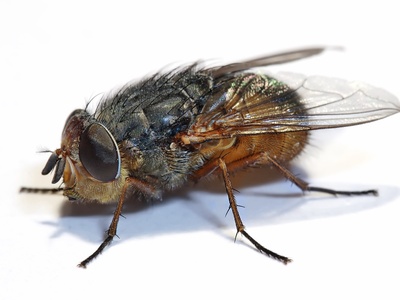
Fruit fly
Tiny flies, common household pests and vital genetic model species.
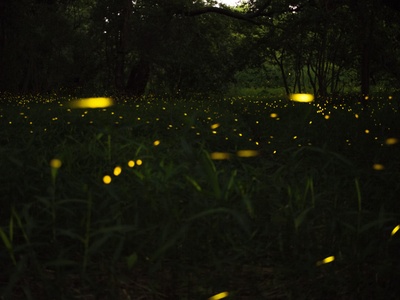
Firefly
Bioluminescent beetles; flashing light signals for courtship and species recognition.
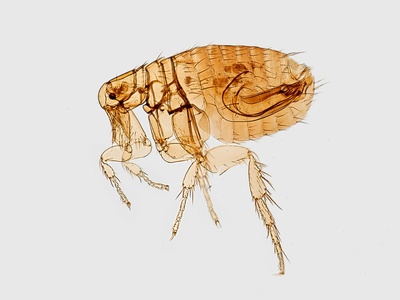
Flea
Small, wingless blood-feeding insects, important ectoparasites of humans and animals.
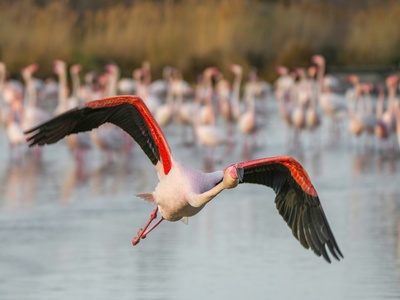
Flamingo
Tall, pink wading birds that filter-feed on algae and crustaceans.

Frog
Diverse amphibians; many are insectivores and indicators of environmental health.
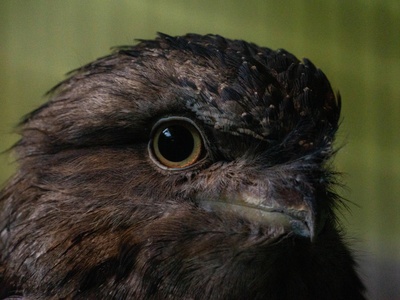
Frogmouth
Nocturnal birds with wide, frog-like mouths that ambush insects from perches.
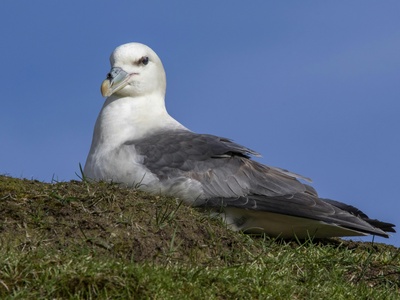
Fulmar
Tube-nosed seabird that nests on cliffs and scavenges at sea.
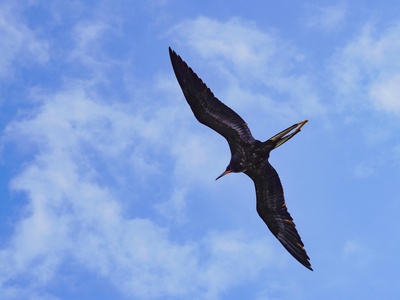
Frigatebird
Large seabirds with forked tails, kleptoparasitic feeding and aerial agility.
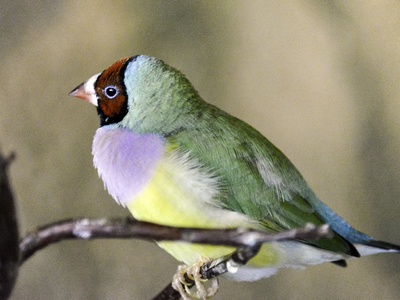
Finch
Small seed-eating songbirds with stout beaks and varied plumage.
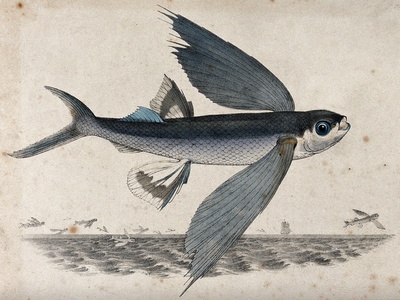
Flying fish
Surface-dwelling fish that glide above water to escape predators.
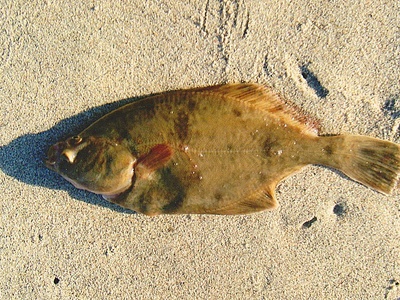
Flounder
Flat bottom fish that camouflage on the seabed; both eyes on one side.
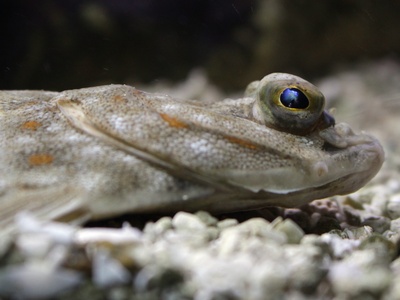
Flatfish
Group of laterally flattened fishes adapted for life on the seafloor.
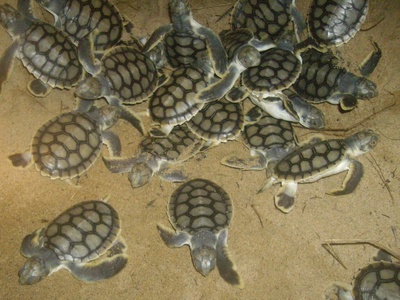
Flatback turtle
Medium sea turtle with a low, flat shell; nearshore habitats.
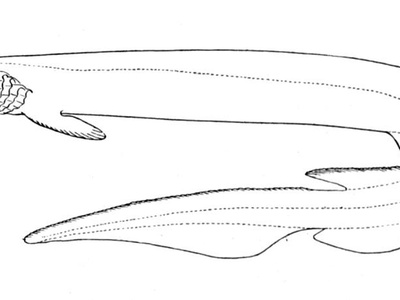
Frilled shark
Primitive, eel-like shark with frilly gill slits and ancient lineage.
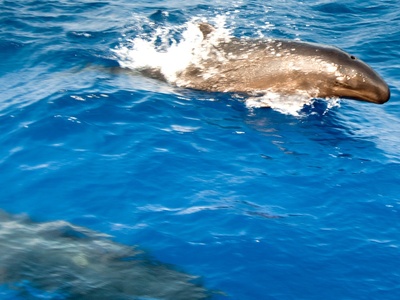
False killer whale
Large, social oceanic dolphin that hunts fish and squid in pods.
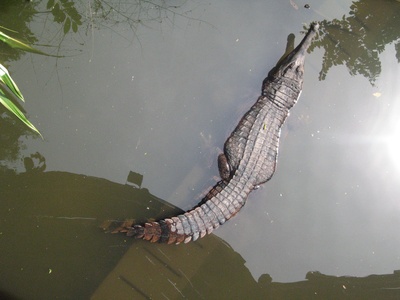
False gharial
Long-snouted crocodilian that prefers rivers and swamps; fish specialist.
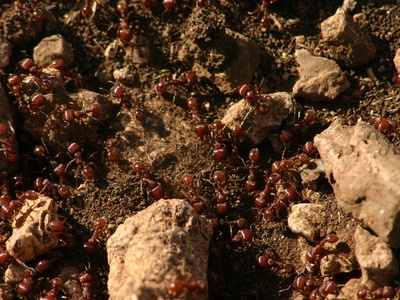
Fire ant
Aggressive invasive ant with painful stings; impacts agriculture and people.
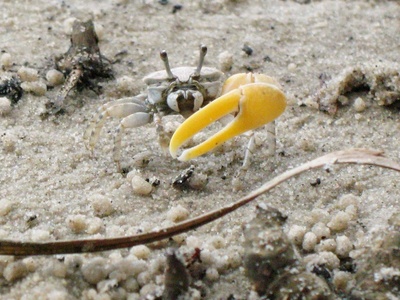
Fiddler crab
Small shoreline crabs; males have one greatly enlarged claw used in displays.
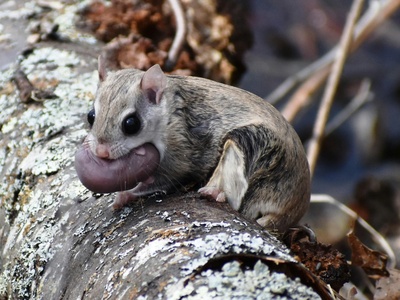
Flying squirrel
Nocturnal gliding rodents with a membrane between limbs for long glides.
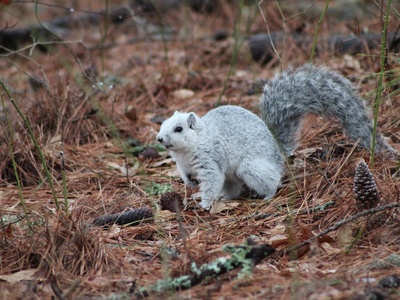
Fox squirrel
Large tree squirrel adaptable to urban and forested areas.
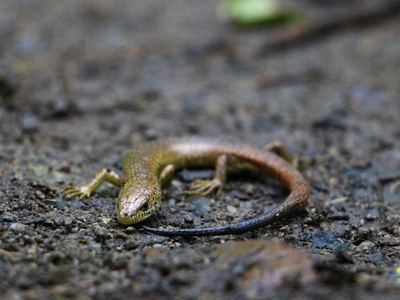
Four-toed salamander
Small salamander with four toes; breeds in mossy pools and wooded wetlands.
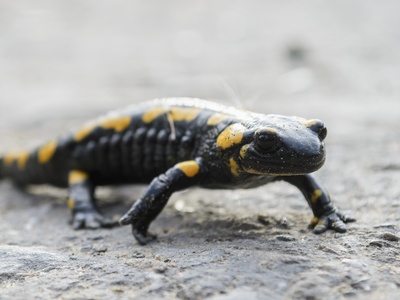
Fire salamander
Black-and-yellow terrestrial salamander that secretes toxins for defense.
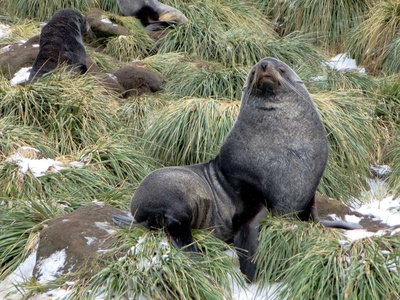
Fur seal
Fur-bearing pinnipeds that breed on rocky shores and forage at sea.
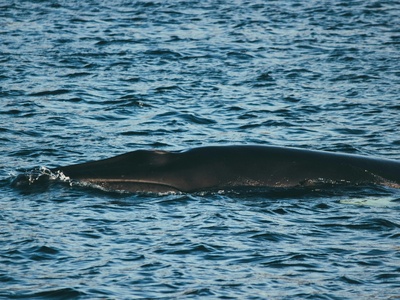
Fin whale
Second-largest whale species; fast-swimming baleen whale feeding on krill and fish.
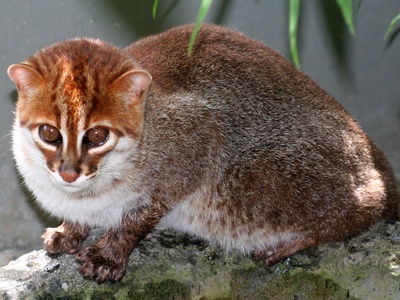
Flat-headed cat
Small, endangered wild cat specialized for hunting near water.
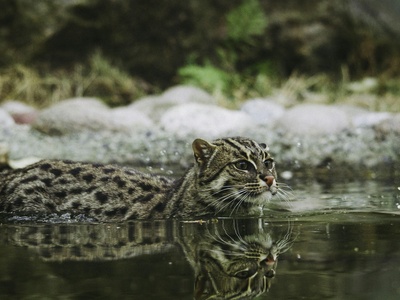
Fishing cat
Wetland-adapted cat that often catches fish and crustaceans.
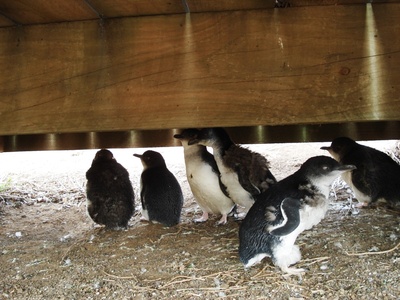
Fairy penguin
Smallest penguin species, nests in burrows and rock crevices.
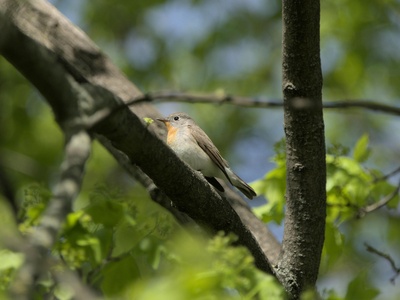
Flycatcher
Perch-hunting insectivorous birds that sally out to catch flying insects.
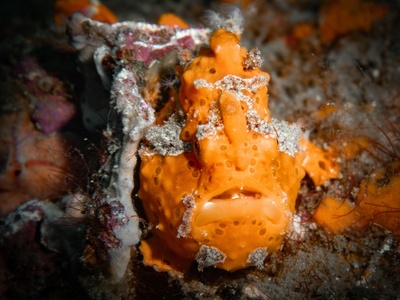
Frogfish
Stocky, camouflaged anglerfishes that ambush prey with lures.
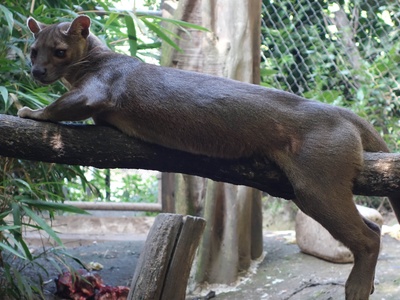
Fossa
Top carnivore of Madagascar; catlike predator that hunts lemurs and other mammals.
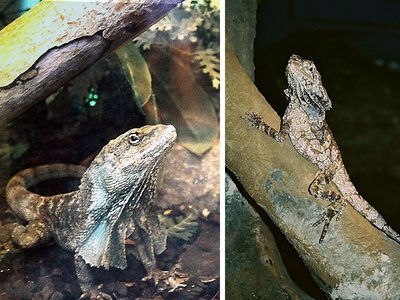
Frilled lizard
Arboreal lizard with a large frill used in display and threat postures.
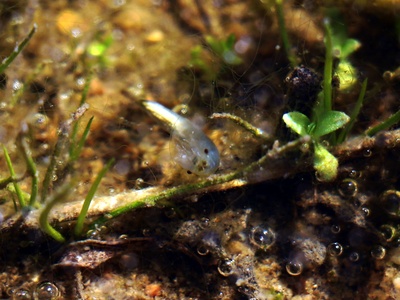
Fairy shrimp
Small crustaceans that live in ephemeral ponds; important in seasonal food webs.
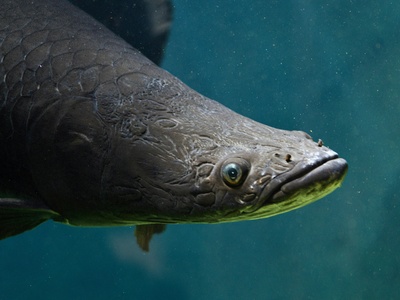
Freshwater eel
Elongated fish with complex life cycles, migrating between freshwater and ocean.
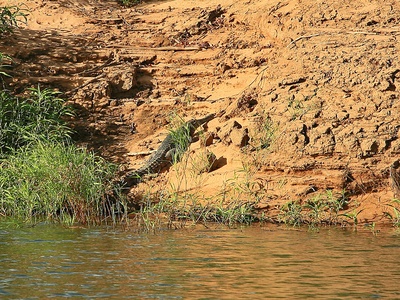
Freshwater crocodile
Smaller crocodile preferring freshwater; less aggressive than saltwater crocodile.
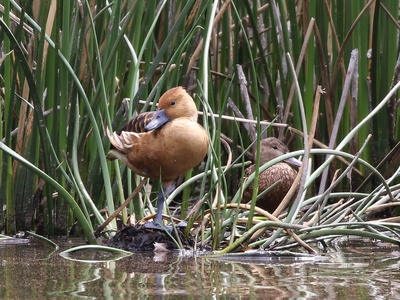
Fulvous whistling-duck
Gregarious, long-necked duck that feeds in shallow wetlands and grasslands.
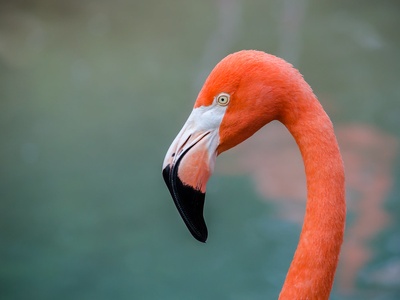
Flamingo (American)
Pink wading bird known for filter-feeding and communal nesting colonies.
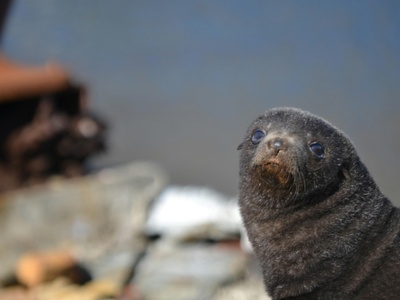
Fur seal (Antarctic)
Large, gregarious fur seal species abundant on subantarctic shores.
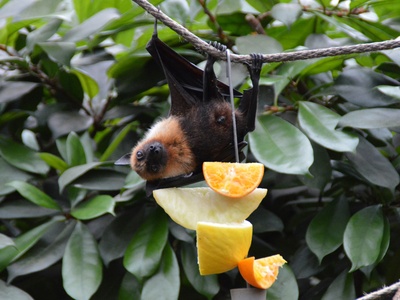
Fruit-eating bat (Common)
Small fruit bat that feeds on fruit and nectar, aids pollination.
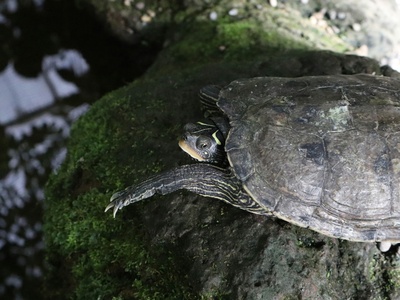
Flatback turtle (juvenile)
Juveniles live in nearshore habitats; flat shell and shallow-water diet.
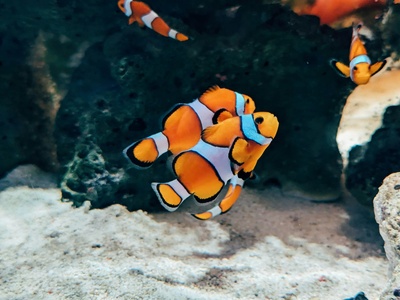
False clownfish (common name sometimes used)
Popular aquarium fish similar to true clownfish; association with sea anemones.
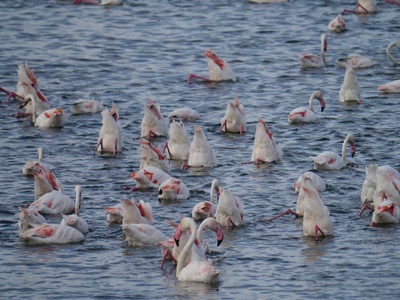
Flamingo (Lesser)
Smaller flamingo species feeding on tiny crustaceans in soda lakes.
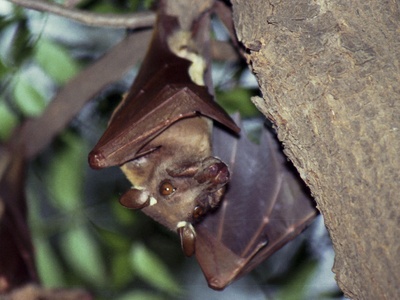
Fish-eating bat (greater bulldog bat)
Large insect- and fish-eating bat using echolocation to detect surface ripples.


